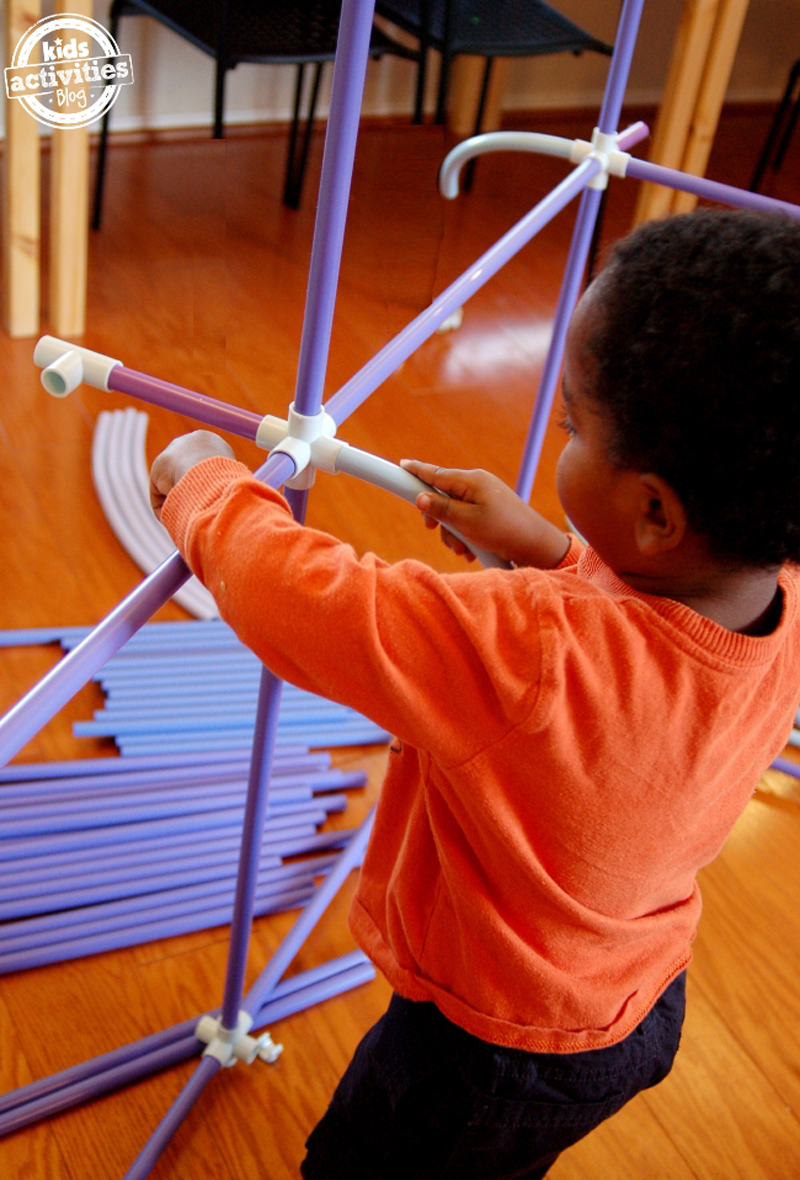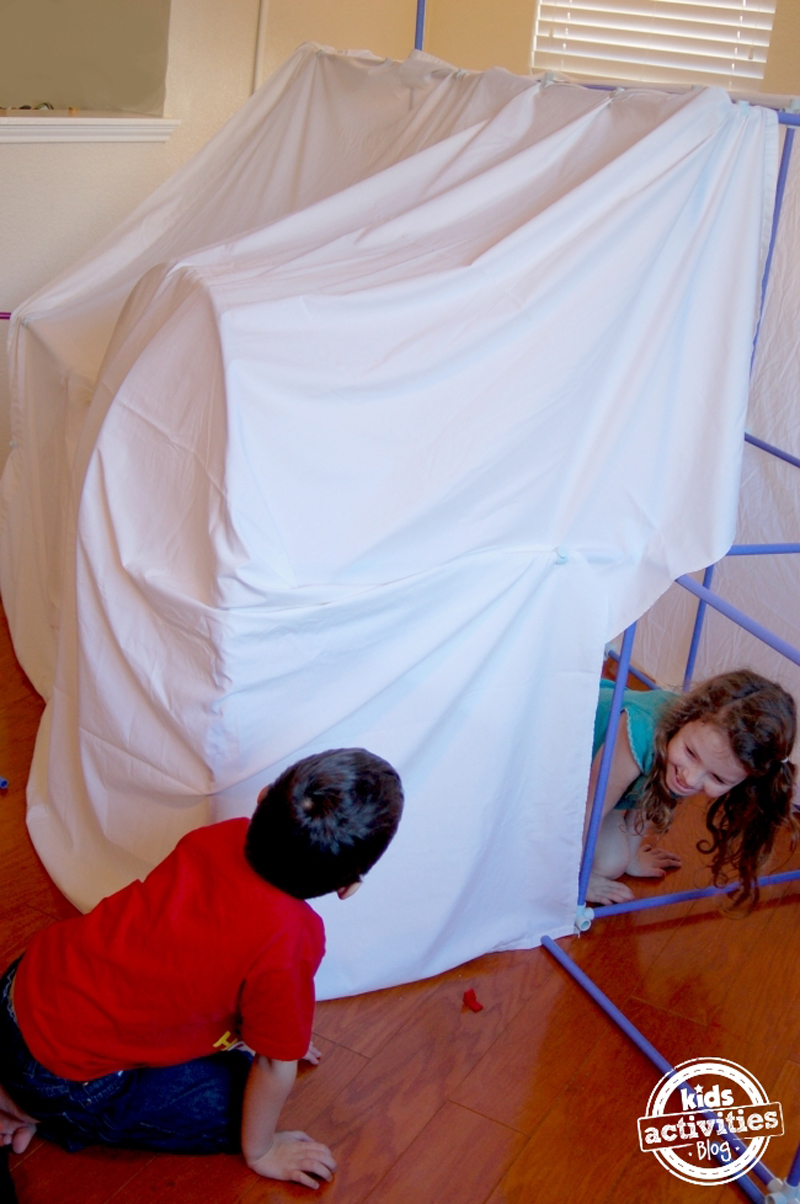Teaching STEM Skills For Kids 8-12 With Fort Magic
Posted December 4, 2020 by Fort Magic
When you think about STEM learning, it’s natural to picture a classroom. And, while this method may work for some, the reality is that most kids learn by practice and through their environment.
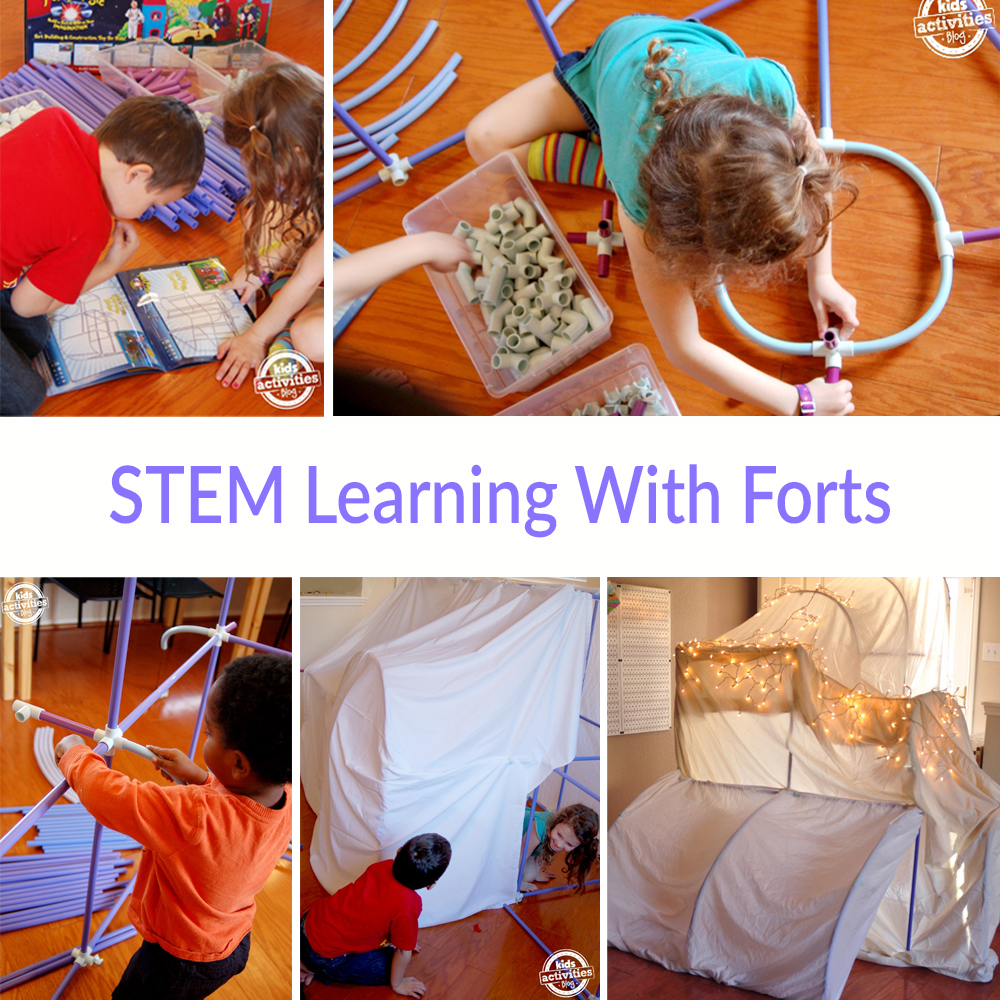
In fact, one of the best ways for them to do this is through fun activities like fort building. Fortunately, with a Fort Magic building kit, setting up this type of learning experience is practically effortless.
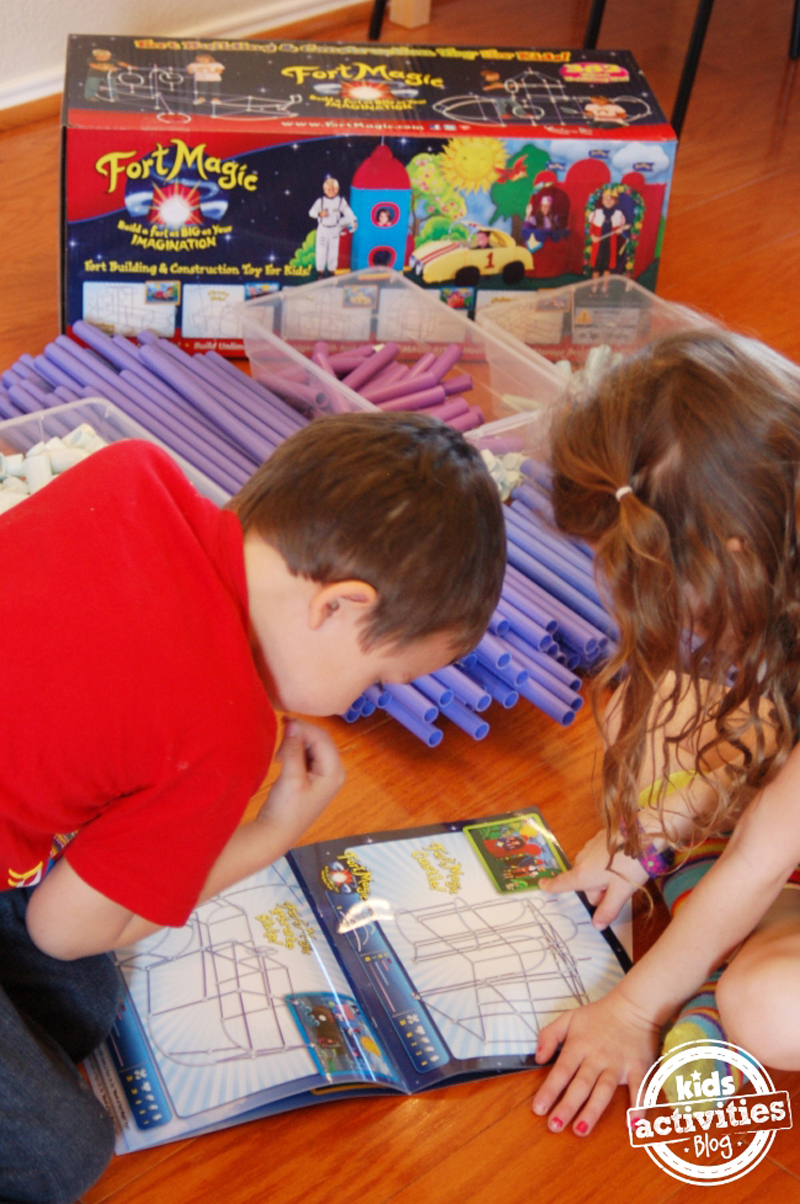
Forts Boost STEM Skills and Learning
By now, you have probably heard of STEM skills (science, technology, engineering, and mathematics). More and more schools are beginning to put emphasis on these as careers requiring them to become greater in demand. In fact, it is believed that these skills will continue to be required for jobs well into the future.
More immediately, STEM skills are the building blocks for higher education and learning. A great way to promote these with your children, without them evening knowing it, is through fort building. Below are just some of the ways your child can fine-tune his or her abilities in these areas while building a fort:
1. Planning
The first step to building any structure is deciding what to build and where to build it. Your children must take time to consider what their goals are and what space can accommodate their needs. Not only will this require measuring, but will reinforce learning about sizes and shapes.
To really advance these skills, and ensure a structure that actually works, has them draw it out before starting to build. This will bring out a chance to get creative and ensure that a thorough planning process was completed.
2. Problem Solving
When you really think about it, all STEM skills are based on the ability to problem solve. And, while constructing a fort can be fun, it usually entails some amount of solving problems.
To make sure this happens, let your children work on their own. Better yet, let them fail on their own. While this can be hard to do as a parent, it forces your children to think on their own and find solutions to their problems. Not only do they learn in the process, finding solutions allows them to have a sense of accomplishment and confidence in their work.
3. Critical Thinking
Hand-in-hand with problem-solving comes critical thinking. While your kids may have a vision of what they want to build, designing it, and constructing it are two different things.
They must take into account every aspect of their fort, like how it will stand and the best structure to make it secure. Planning out their structure, along with solving problems as they arise will provide excellent opportunities for critical thinking.
4. Cooperation
It’s hard to be successful in school or a career without collaborating with others. That is why cooperation is emphasized when learning STEM skills. Fortunately, fort-building provides an excellent opportunity for this.
Whether working with siblings or friends, the whole group must work together toward a common goal. They may have disagreements, but this is a great chance to work on communication and find a method of sharing and implementing the ideas of everyone. Throughout this process, some leadership abilities may even emerge, teaching another valuable skill set.
5. Creativity
Building a fort may also require your kids to think outside of the box, which is key for STEM skills, and just life in general. To complete the look of their structure, they may use different supplies of varying shapes, sizes, and even colors.
It’s also guaranteed that they will be getting good use of their imagination. Doing so allows them to discover new things and may even foster a hunger for more learning through building even more challenging forts.

What is Your Role?
While it may be tempting to jump in and help your child fulfill his or her dream fort, it is important to take a step back. As parents, we have a tendency to force our children to adopt our vision of activities; however, when it comes to this one, it’s important to give them freedom. Letting them take the lead allows them to be creative, to plan, design, and truly learn.
If you do want to be involved, though, let them lead you. This may mean having them share their ideas with you and give you direction. Follow their instruction and ask probing questions rather than interjecting your own ideas or solutions. Letting them learn through failure and adaptation will prove a lesson that will be remembered, more so than you fixing the problems for them.
Have Fun!
At the same time, make sure you are having fun! Laugh at the small mistakes and be an encouragement to your children as they try this new activity. Though they will be learning, they will also be getting to spend time with you, making memories that will last forever!
Pin It for Later!
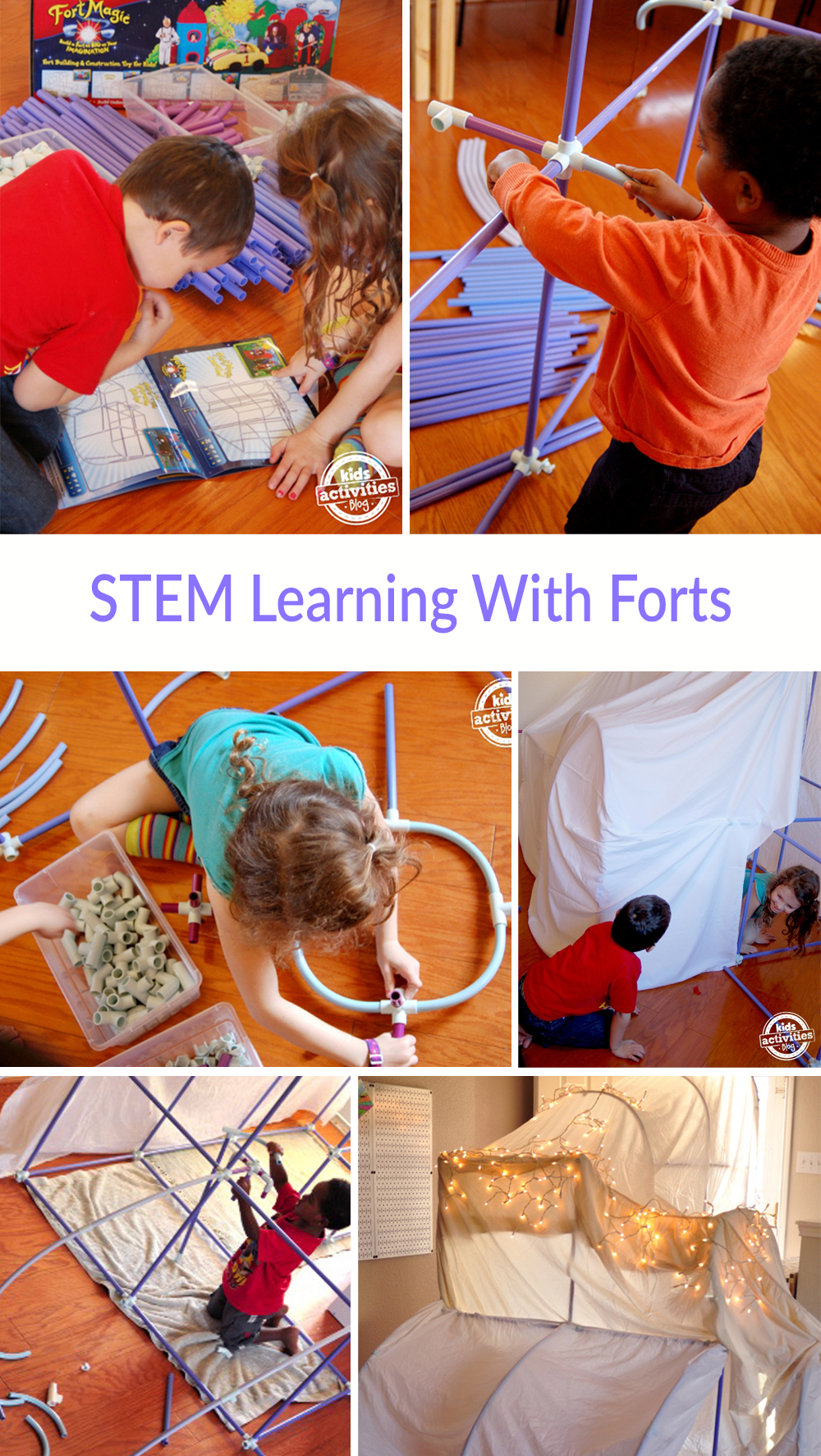
Photo Credits:
Kids Activities Blog: A tremendous resource on all things kids-activities-based, you can explore hundreds of ideas for learning and playtime for children and families ages toddler – teens.

